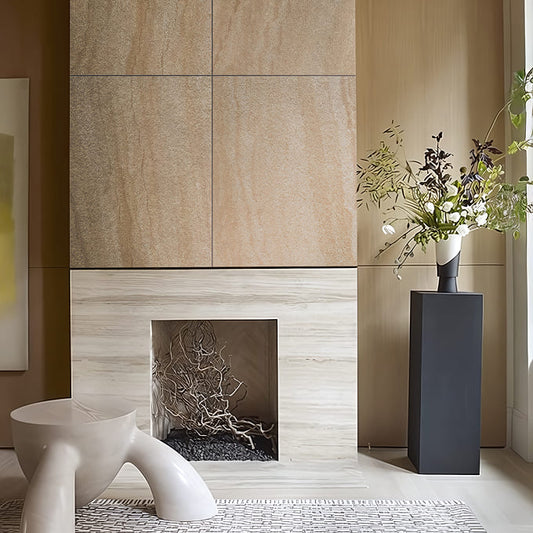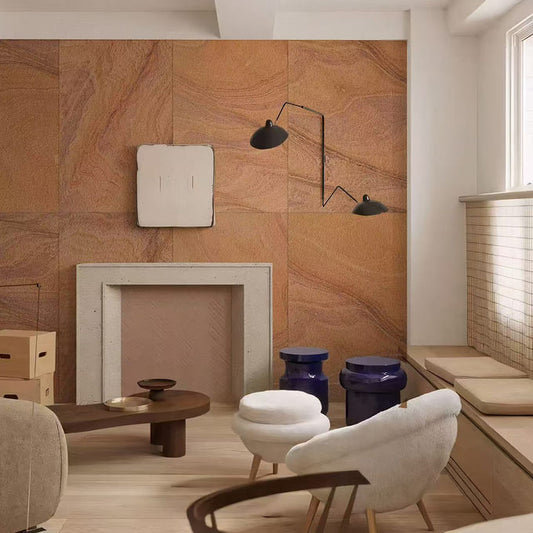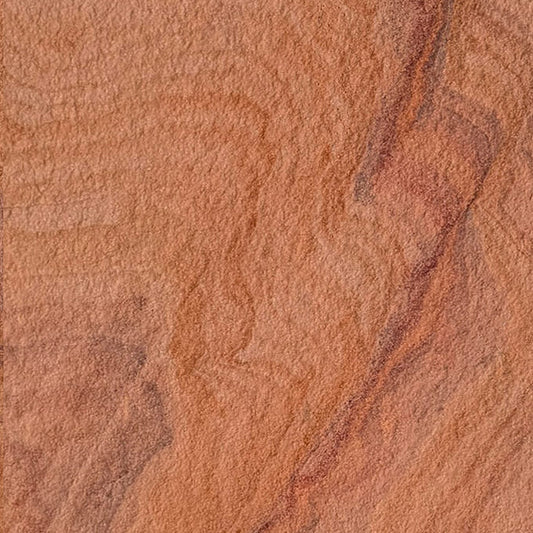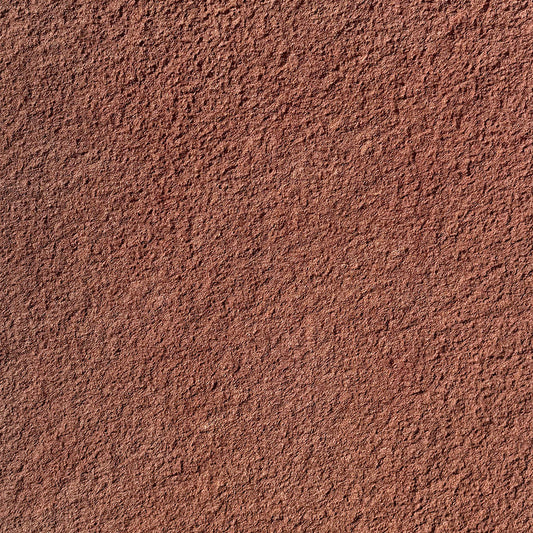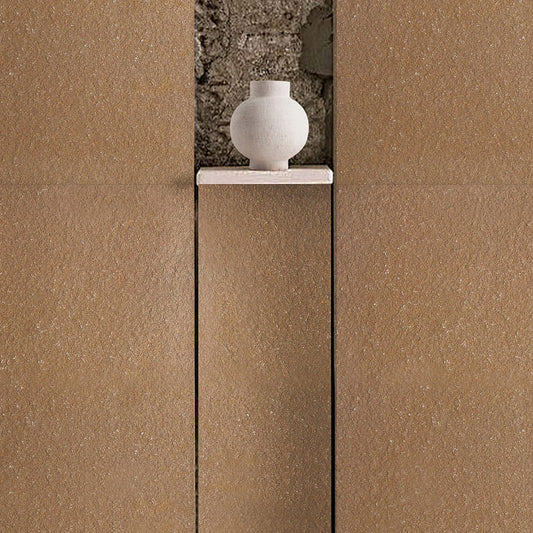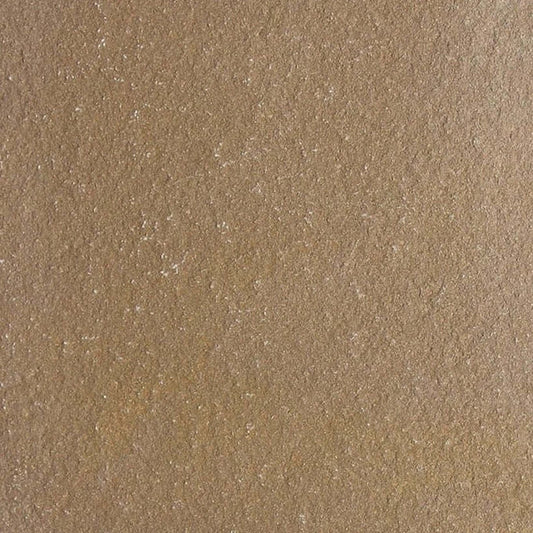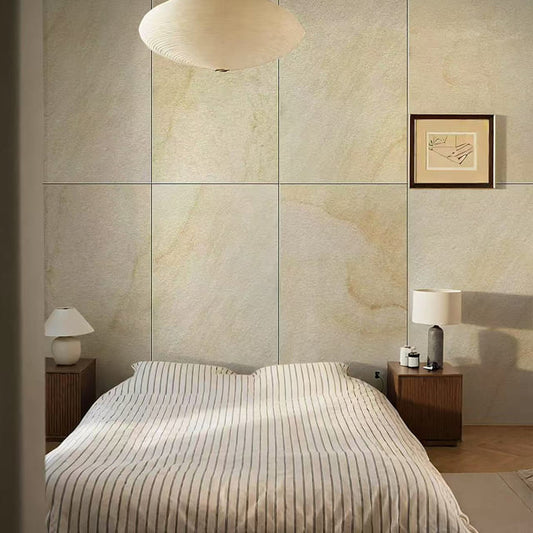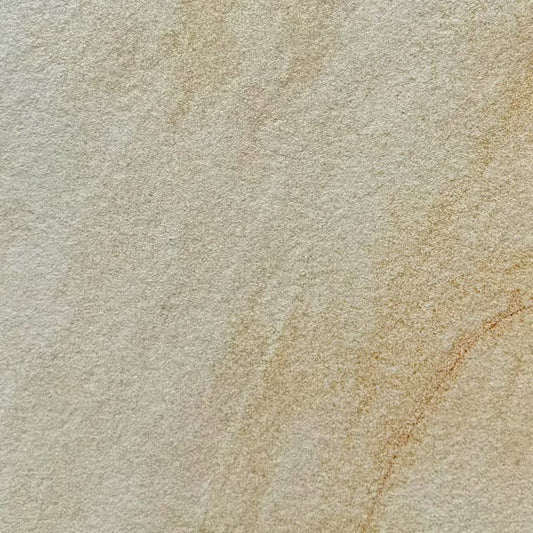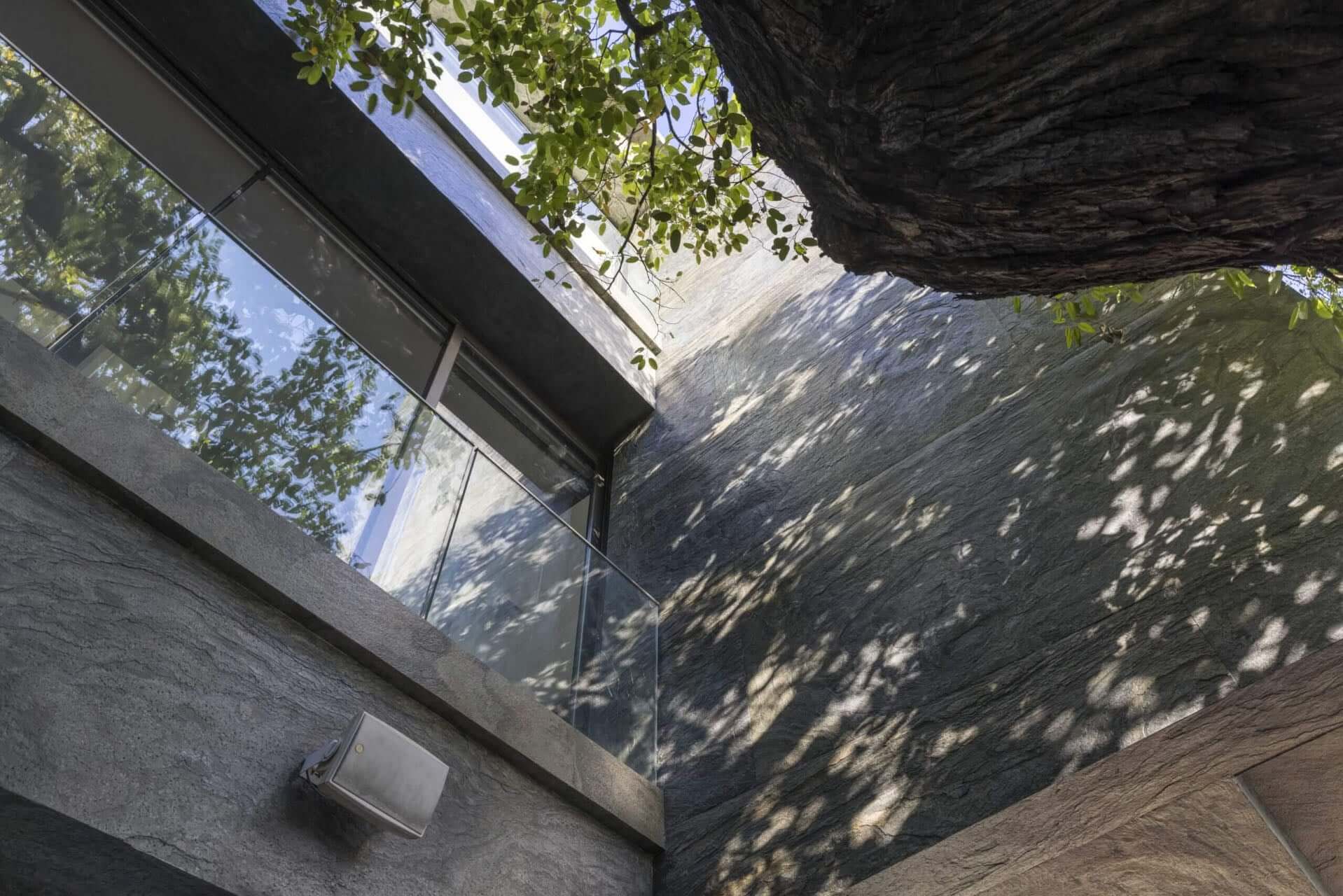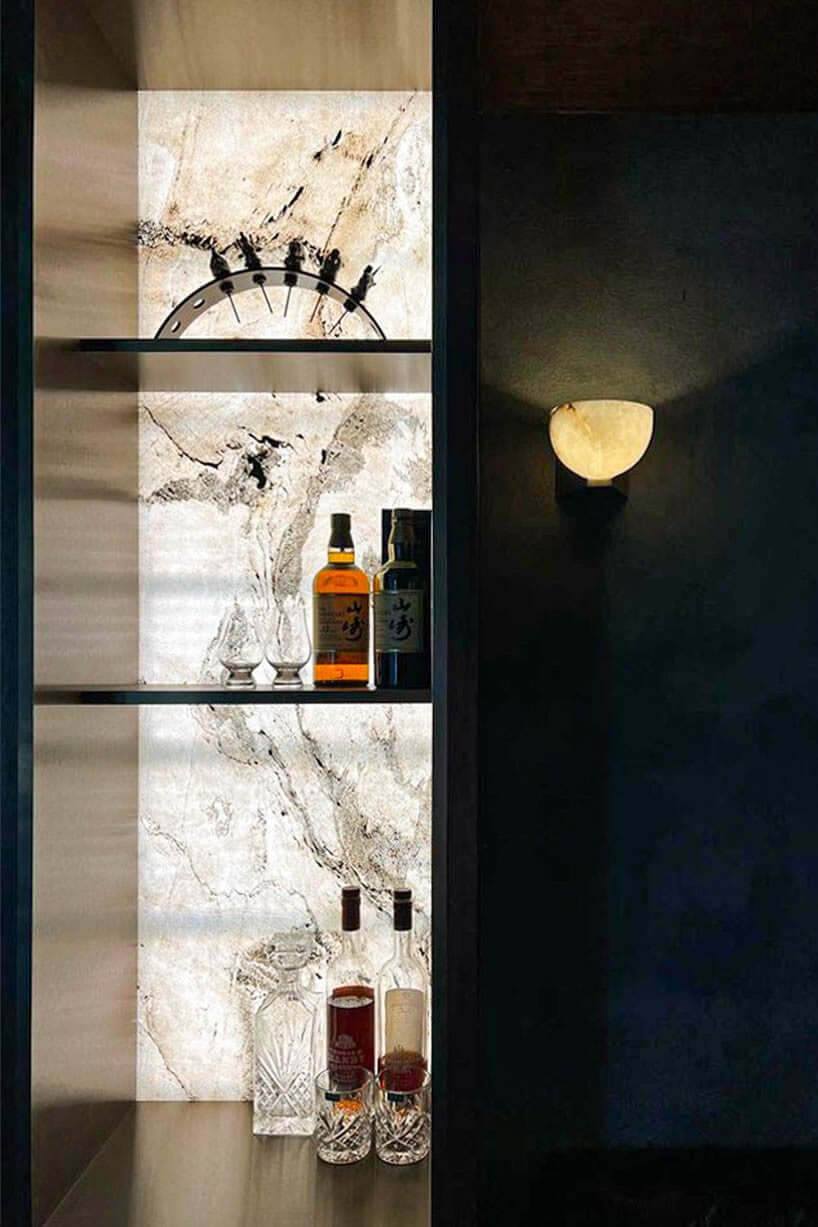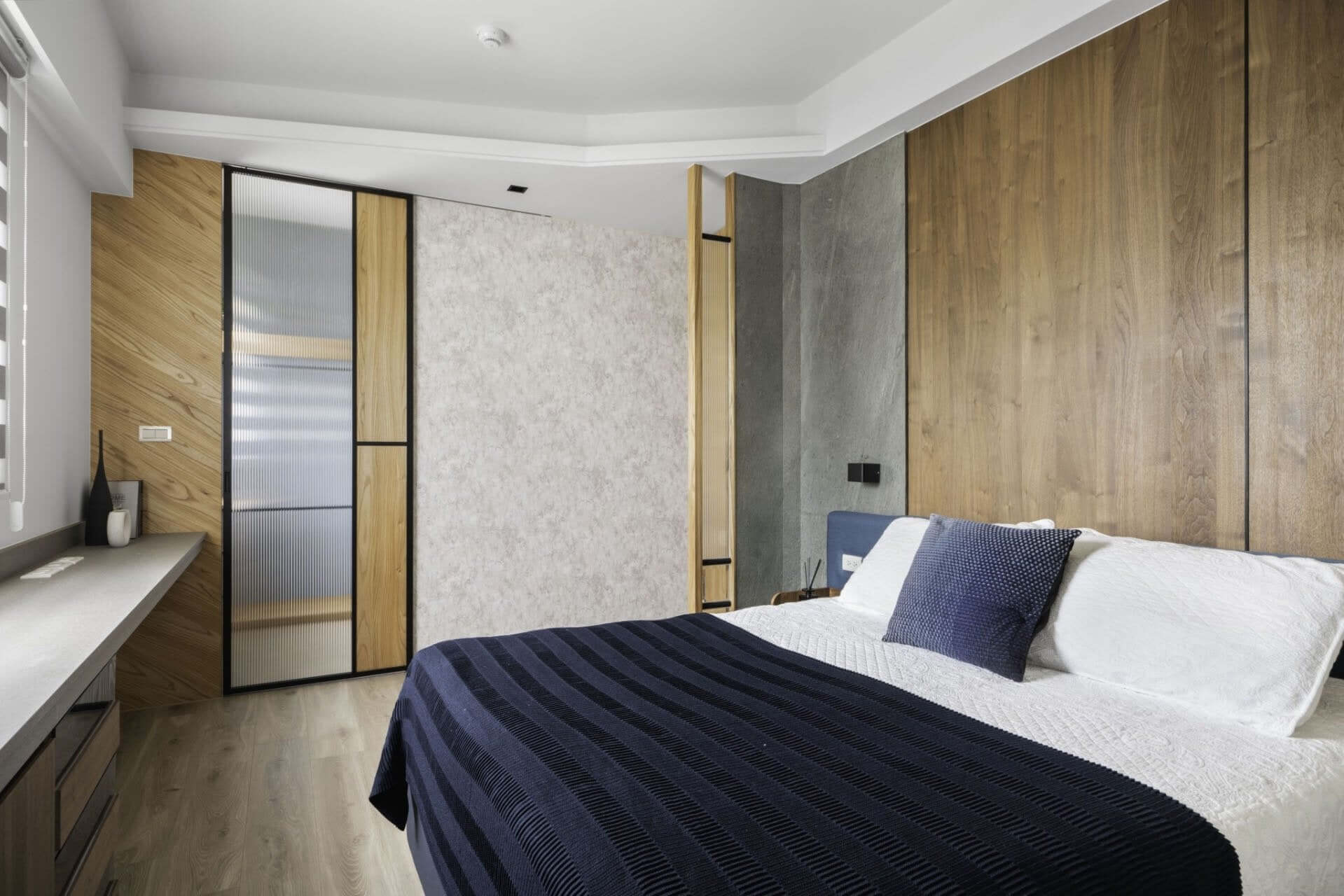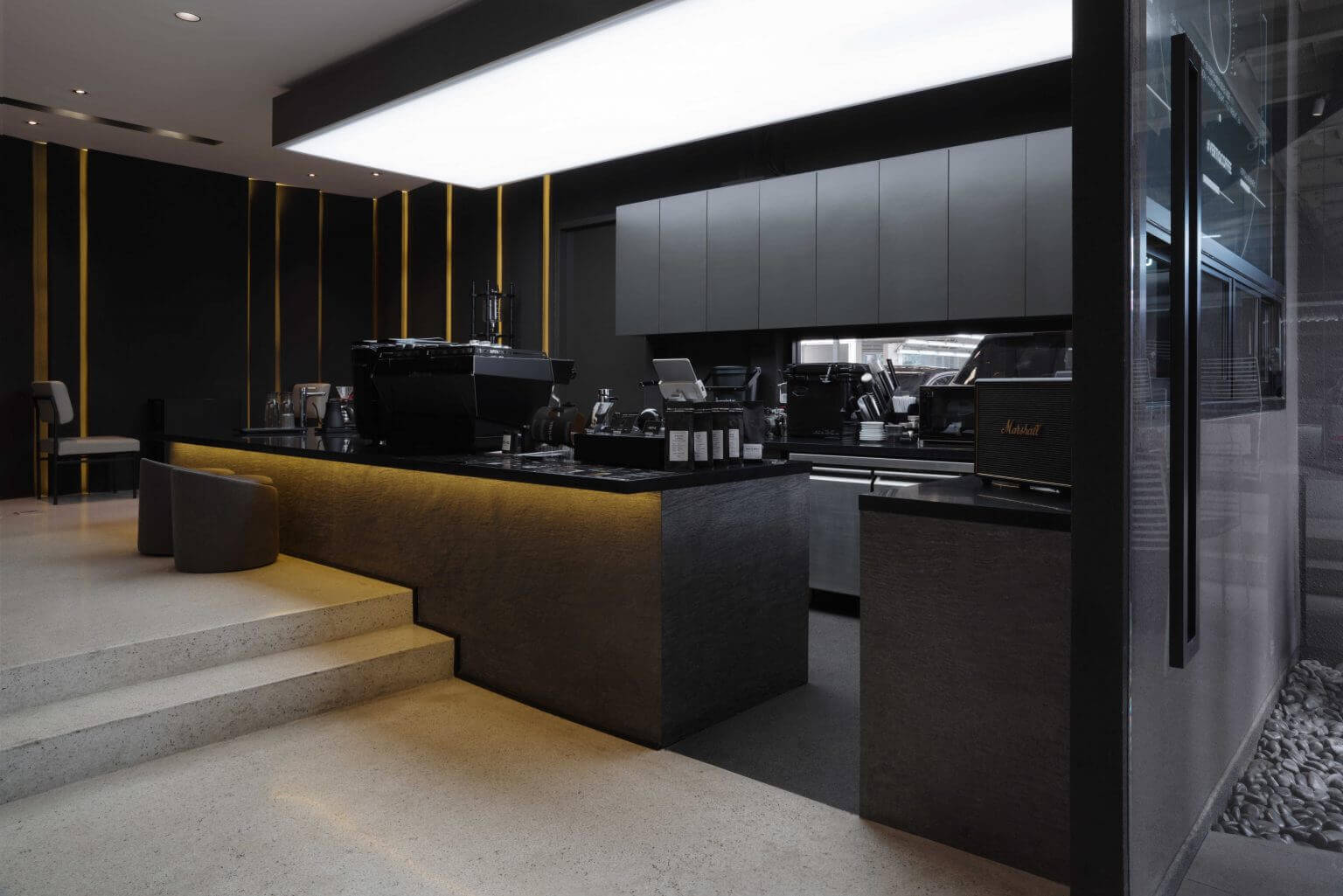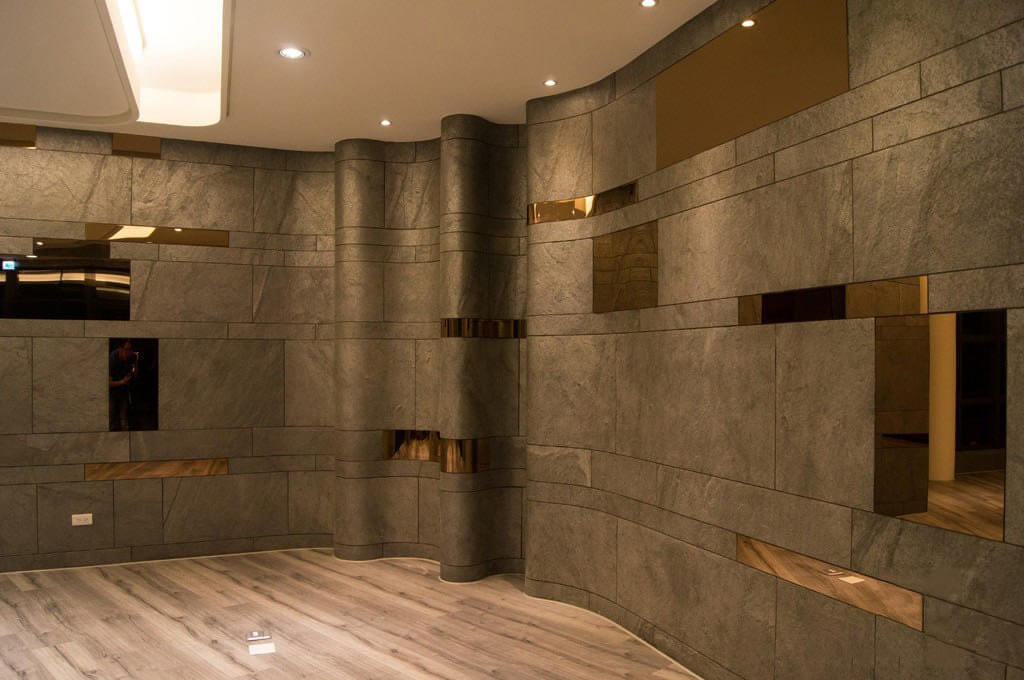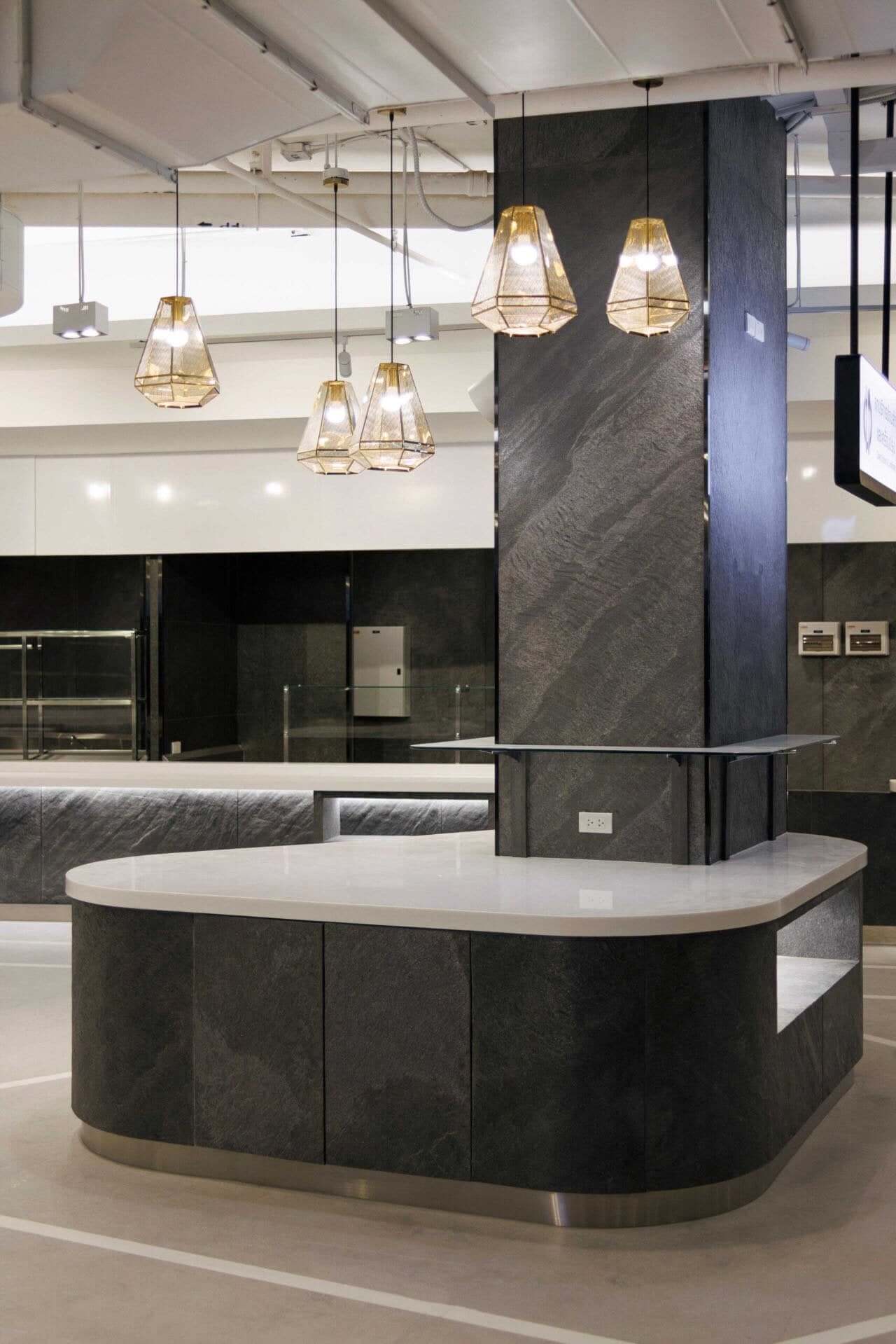Warmth of the Earth, Softness in Stone
The STONOVIA Sandstone Series evokes the sun-washed tones and gentle textures of nature—soft beiges, golden taupes, and sun-kissed browns inspired by canyons, cliffs, and riverbanks. Lightweight and flexible, each sheet brings organic warmth and grounded elegance to modern spaces, perfect for columns, feature walls, or softening minimalist interiors.

Where Earth Meets Innovation
Why STONOVIA Wins
🏆 The Smarter Choice for Walls, Ceilings & Curves.
Why Designers Love Flexible Slate Veneers
Tested & Certified
Dedicated Support Team
Trusted by Designers & Pros
10-Year Warranty
How Our Clients Use STONOVIA
SANDSTONE STONE VENEER FREQUENTLY ASKED QUESTIONS
What makes STONOVIA’s Sandstone Collection unique?
STONOVIA’s Sandstone Collection is crafted from natural quarried sandstone, offering a warm, earthy aesthetic with rich tones such as beiges, creams, golds, and rustic browns. Each panel highlights the stone’s inherent texture and character, providing a natural look that works beautifully in both modern and traditional spaces. With a surface roughness index (SRI) of 3, the texture is moderately rugged—visibly organic yet easy to clean and maintain.
Can sandstone panels be installed in wet zones like showers or spas?
Yes, sandstone panels can be installed in wet environments such as shower walls or spa areas, but proper waterproofing behind the stone is essential. This includes vapor barriers and drainage systems. To help resist moisture absorption, mildew, and soap scum buildup, we recommend sealing the surface with a penetrating stone sealer after installation.
What joint spacing or grouting method is recommended?
Joint spacing depends on the look you want to achieve. Sandstone panels can be dry-stacked for a clean, seamless effect or installed with grout lines for a more traditional appearance. If grouting, use a non-shrinking masonry grout and select a color that complements the stone’s tone.
On which surfaces can the Sandstone Collection be installed, and what is the installation process?
These ultra-thin sandstone veneers can be applied to a wide variety of flat or curved substrates, such as gypsum board (drywall), MDF, wood, metal, concrete, glass, tile, and other common building materials. The substrate must be clean and smooth. Edges should be masked prior to adhesive application to prevent staining. After applying adhesive to the back or substrate, a pressure roller is used to secure the veneer to the surface.
If you’re installing over existing tile or uneven brick walls, we recommend parging—applying a thin, smooth layer of mortar or filler compound—to level the surface before installation. Once the parging layer is cured and smooth, you can proceed with adhesive and veneer application as usual.
What sizes are available in the Sandstone Collection?
All sandstone panels are available in a fixed size of 2′ × 4′ (24″ × 48″). Custom sizing is not offered at this time. Design and layout planning should be based on this standard dimension.
How are sandstone panels trimmed or cut on-site?
Panels can be cut using electric saw with a diamond blade. Always wear proper safety gear, and make clean, precise cuts to preserve the edge integrity. We recommend pre-measuring and dry-fitting panels before installation for best results.
 Log in
Log in



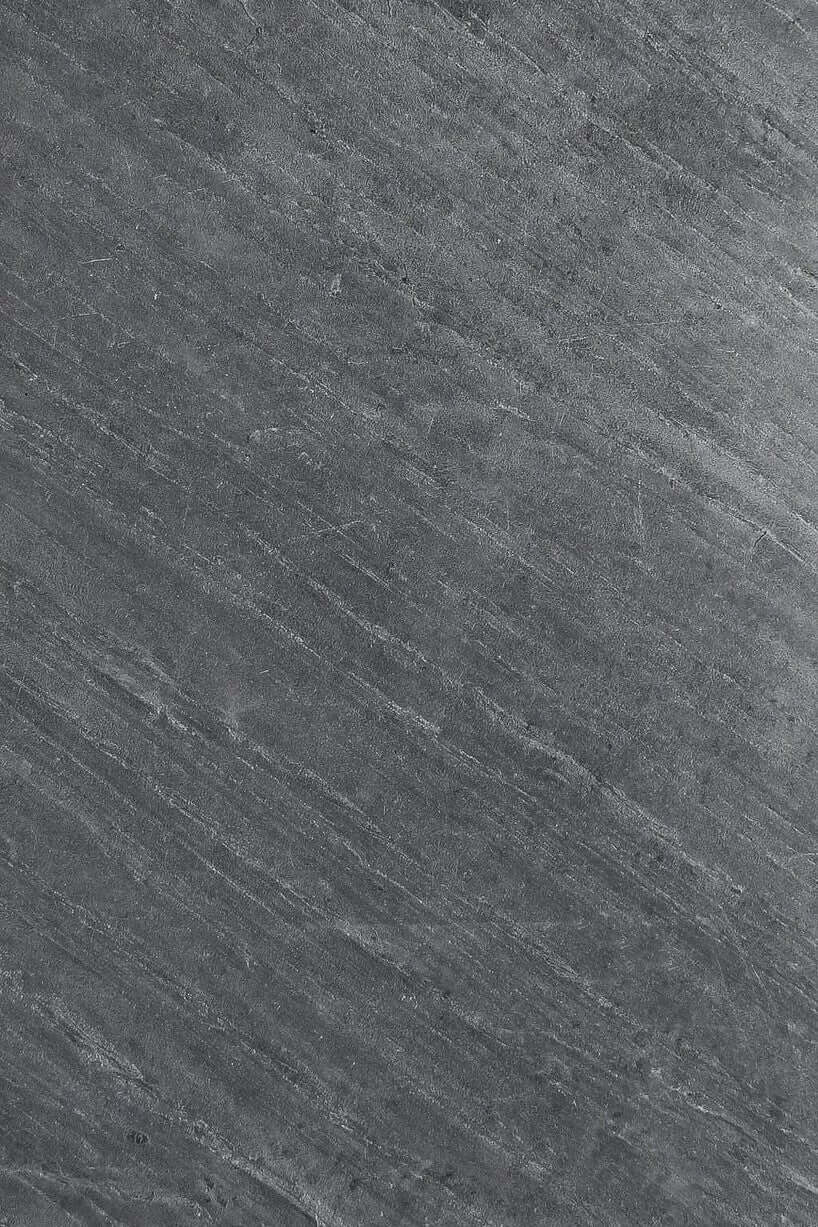


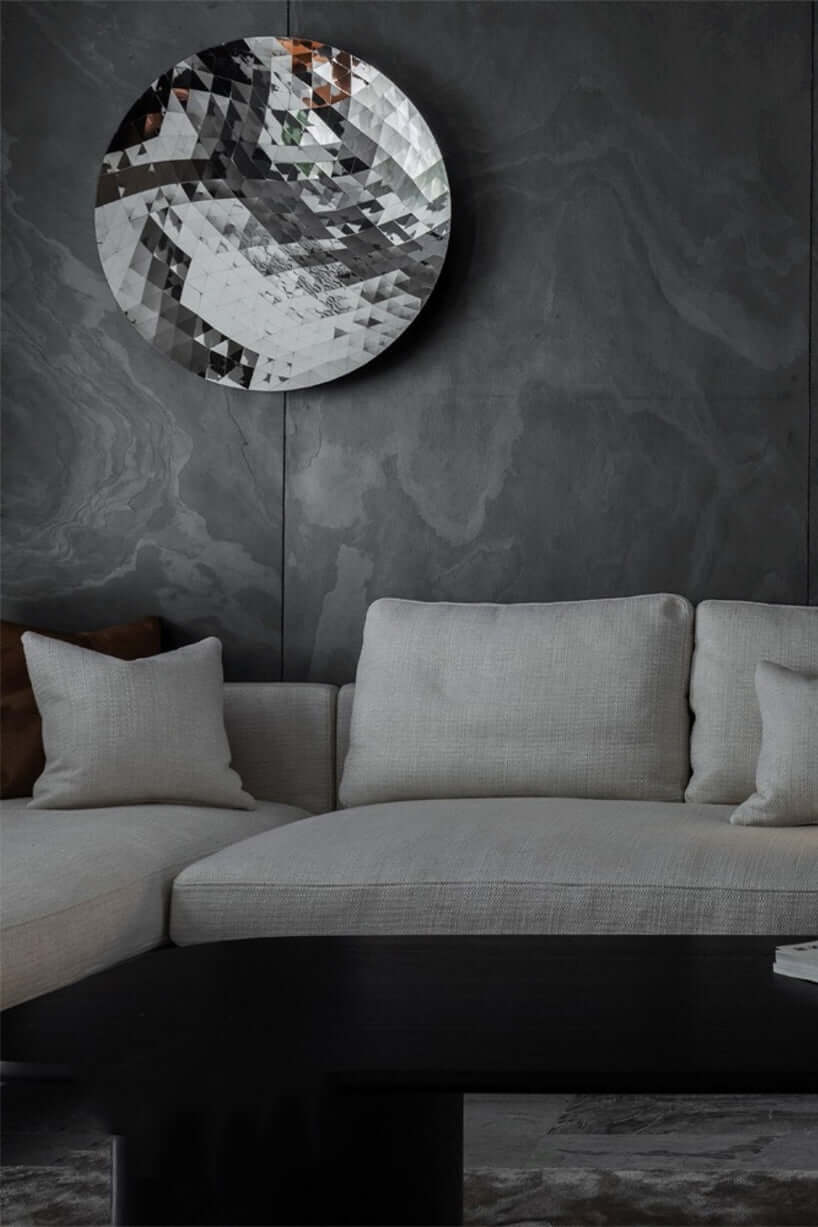
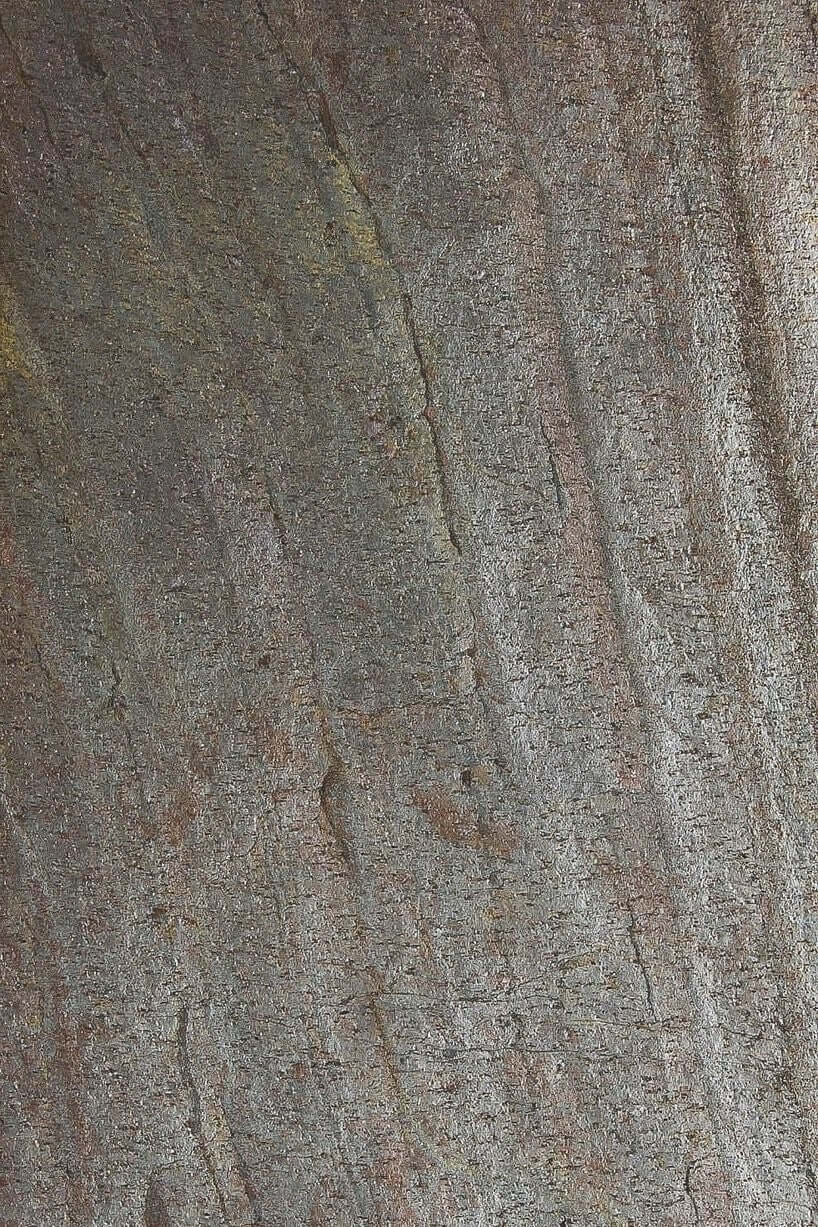
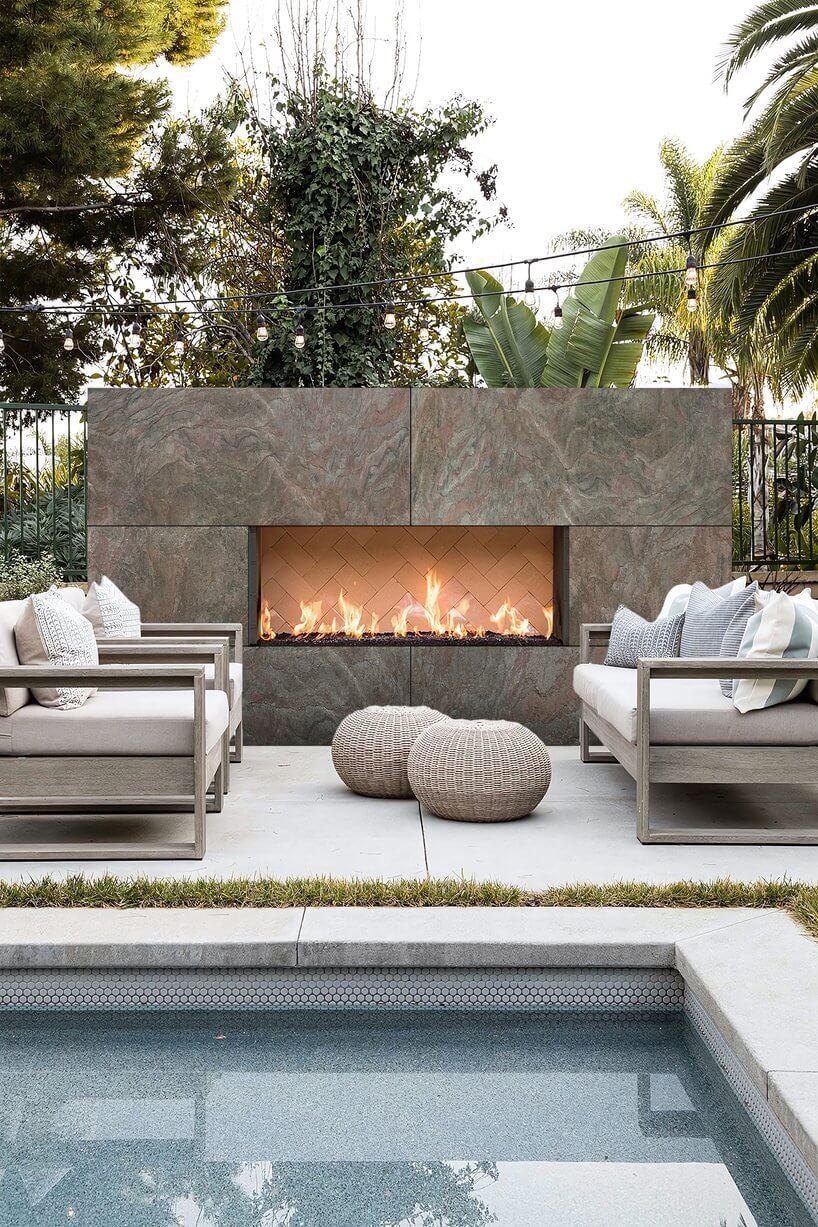
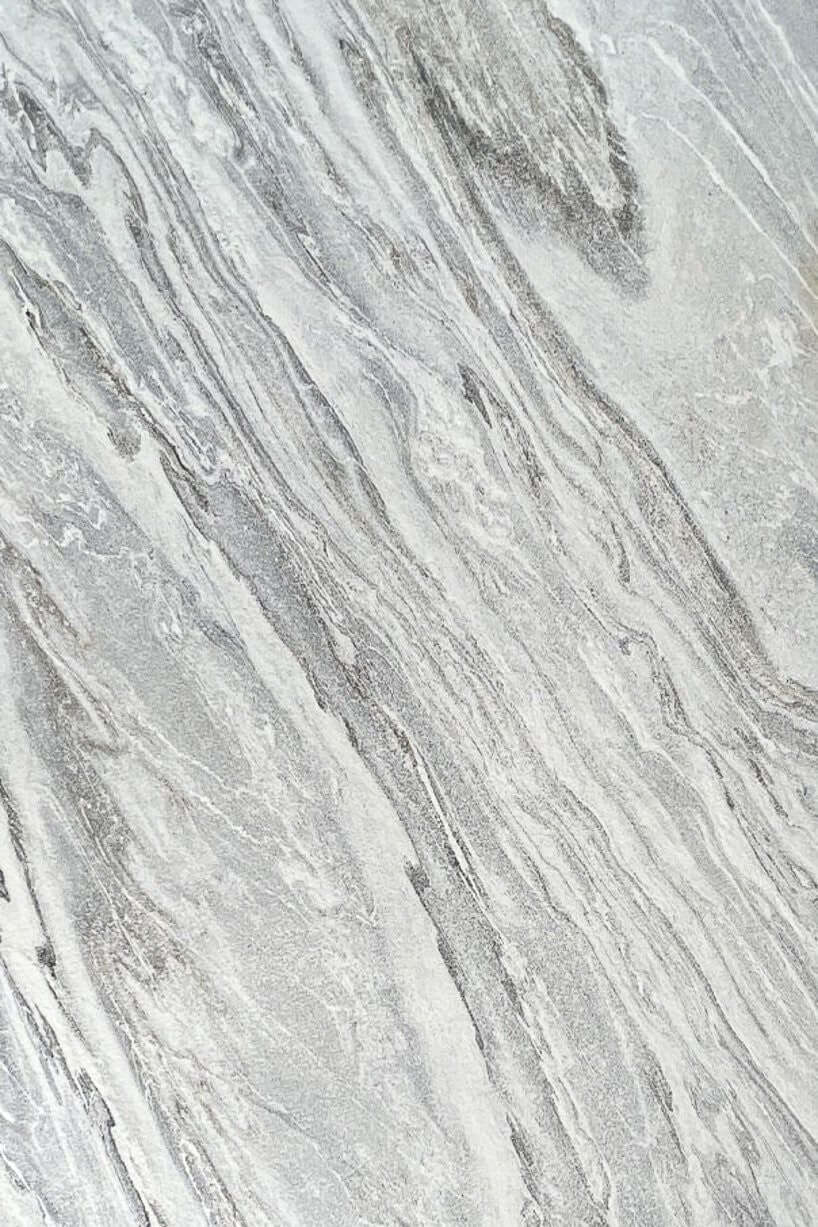
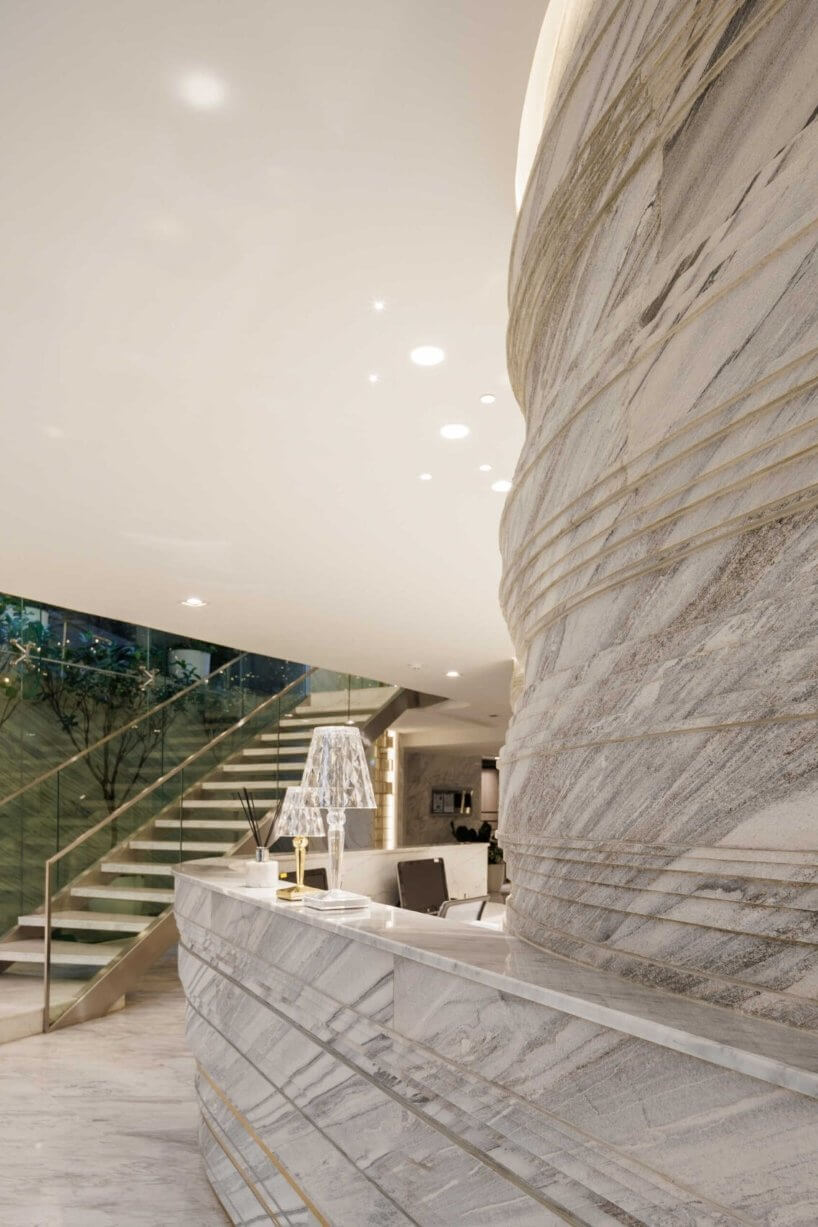
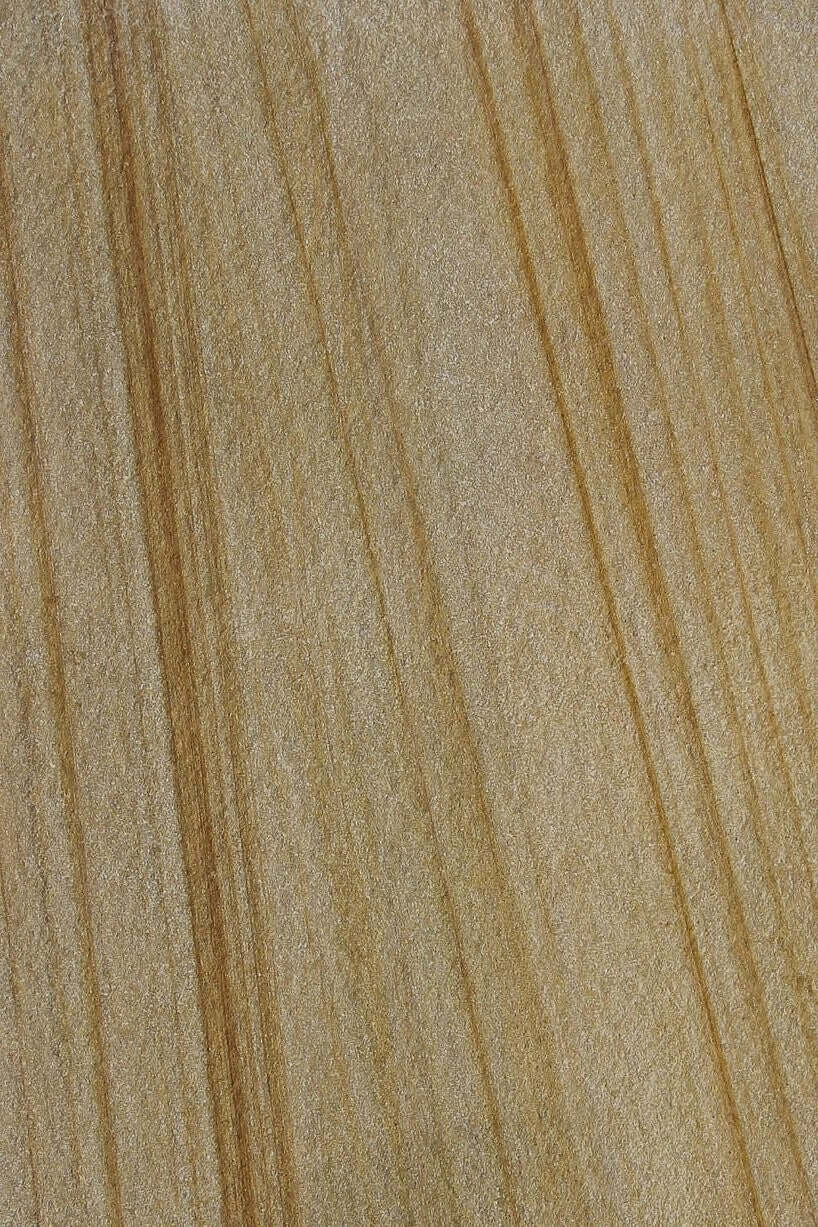
















 213-650-6222
213-650-6222


















